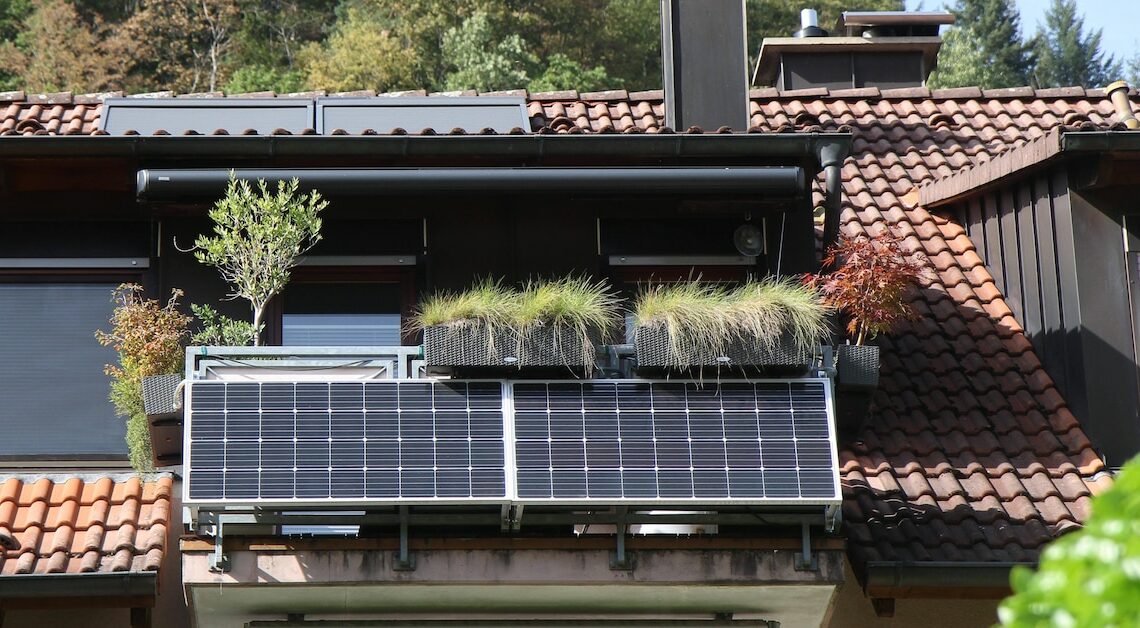
Since May 2024, the maximum output of a balcony power plant has been 800 watts. This increases the legally permitted output of 600 watts by 200 watts.
Maximum balcony power plant output: This is permitted by law
In Germany, the maximum output of a balcony power plant can finally be 800 watts since May 2024. This would have been possible many years earlier, because according to EU Regulation 2016/631, energy generators whose maximum output is below 800 watts are classified as not systemically relevant. Balcony power plants are generally among the energy generators whose maximum output is not considered significant.
- The limit is a legal requirement. The mini solar systems themselves could, under optimal conditions, produce significantly higher output. If you suddenly have an idea about tuning the output of the balcony power plant a little, you can forget about it straight away.
- You are only allowed to connect one balcony power plant per household. This means that the legislator has nipped in the bud creative ideas such as installing several balcony power plants, each with a maximum of 800 watts. In short: In Germany, exactly one plug-in solar system with a maximum feed-in power of 800 watts is permitted per household.
- Note: In addition to the permissible feed-in power being increased by 200 watts, the bureaucratic requirements have also been relaxed somewhat. It is no longer necessary to register the balcony power plant with the grid operator. You only need to enter your balcony power plant in the market master data register. However, you can do this quickly online.
Balcony power plant – what you should know
The solar systems permitted as balcony power plants usually consist of one or two solar panels. The electricity generated must be consumed 1:1. This means that the electricity generated by the balcony power plant is primarily used to supply household appliances that are continuously connected to the grid. Household appliances such as refrigerators and freezers are traditionally considered to be permanent electricity consumers.
- If you generate more electricity than you use, it “disappears” somewhere in the public grid. It is therefore sensible to first consider what power actually makes sense for your needs.
- When making your considerations, you should also not forget about a so-called buffer. With the battery, you “catch” the electricity that cannot be immediately used 1:1 by your household appliances. If you then switch on the vacuum cleaner or washing machine at some point later, you use the temporarily stored electricity from your balcony power station. In addition, you are protected for at least a short period of time in the event of a power outage.
- The price of intermediate storage for solar systems has dropped significantly in the meantime, but it is still not very cheap. Alternatively, balcony power plants with integrated intermediate storage are increasingly being offered in specialist shops.
- Before buying a balcony power plant, there are a few things to consider to ensure that the system is really profitable. However, the amount of electricity saved by a plug-in solar system ultimately depends on numerous factors, not least individual ones.
- Under optimal conditions and depending on your current electricity price, your annual savings with a balcony power plant with an output of 800 watts will be between around 250 and 350 euros per year. However, it is also important to note that it takes around five years for the balcony power plant to pay for itself.
